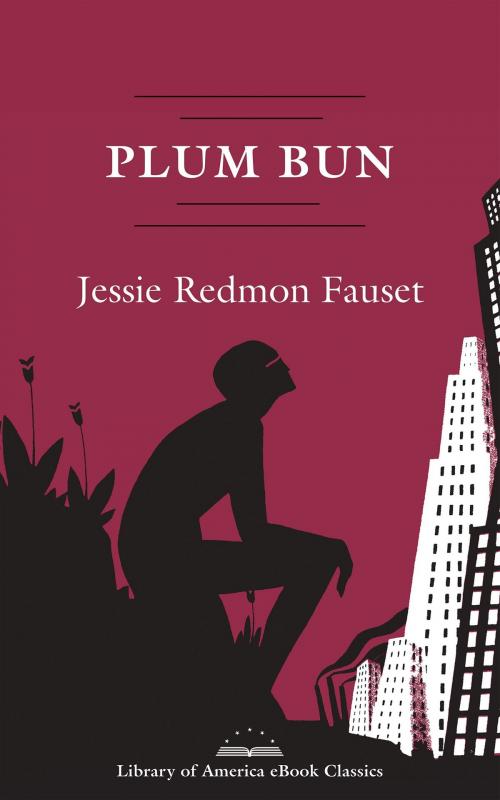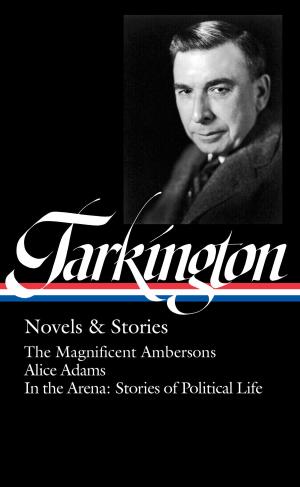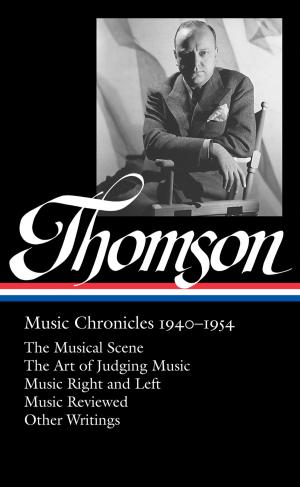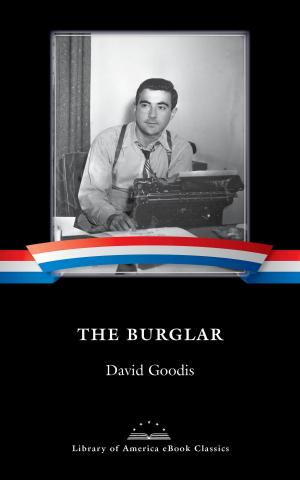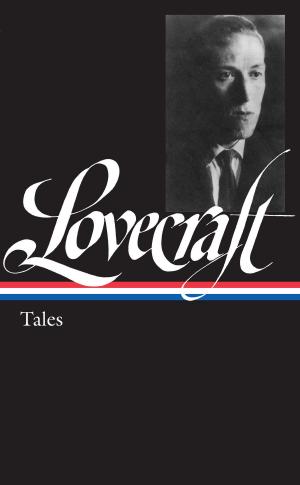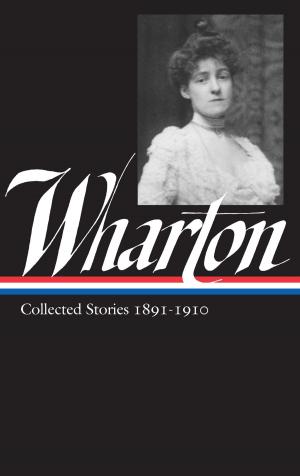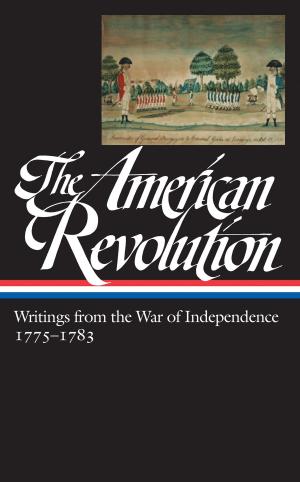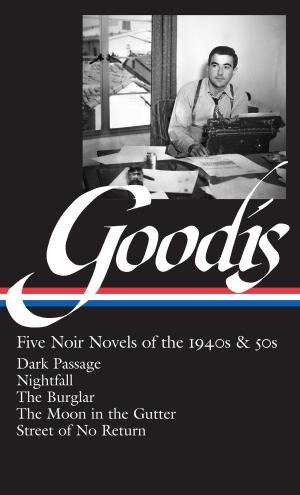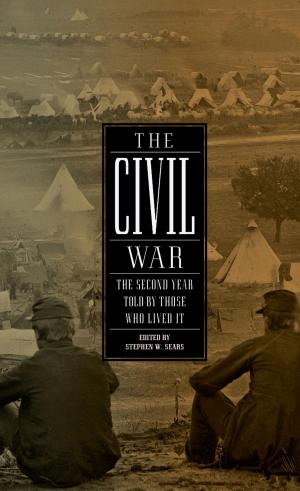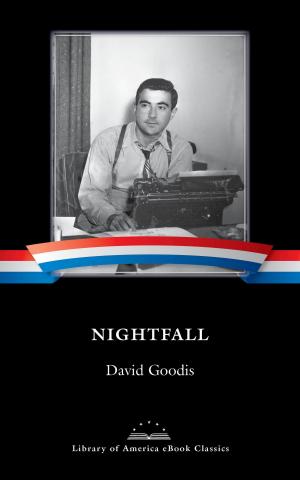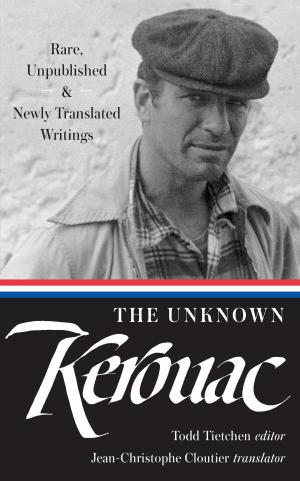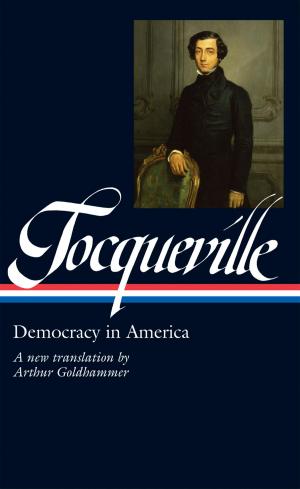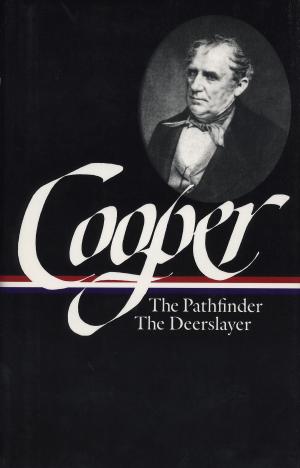Plum Bun: A Novel Without a Moral
A Library of America eBook Classic
Fiction & Literature, African American, Coming of Age, Classics| Author: | Jessie Redmon Fauset | ISBN: | 9781598535754 |
| Publisher: | Library of America | Publication: | November 7, 2017 |
| Imprint: | Library of America | Language: | English |
| Author: | Jessie Redmon Fauset |
| ISBN: | 9781598535754 |
| Publisher: | Library of America |
| Publication: | November 7, 2017 |
| Imprint: | Library of America |
| Language: | English |
Library of America presents a classic novel of the Harlem Renaissance: Jesse Redmon Fauset's moving, delicately observed portrait of life along the color line.
Jessie Redmon Fauset’s Plum Bun (1928) brilliantly exemplifies the cultural, social, and creative ferment of the Harlem Renaissance. Its heroine, the young, talented, light-skinned Angela Murray, hopes for more from life than her black Philadelphia neighborhood and her middle-class upbringing seem to offer. Seeking romantic and creative fulfilment, and refusing to accept racist and sexist obstacles to her ambition, she makes a radical choice: to pass as white, and study art in New York City. Against the vivid, cosmopolitan backdrop of Harlem and Greenwich Village in the Roaring Twenties, her subsequent journey through seduction, betrayal, protest, and solidarity is ultimately a journey toward self-understanding. Along the way, Fauset includes fictionalized portraits of leading Harlem Renaissance figures such as W.E.B. Du Bois (for whom she edited The Crisis) and the sculptor Augusta Savage, recently denied a chance to study in Paris because of her skin color. Revising conventional narratives of the “tragic mulatta” and skillfully blending realism and romance, her novel raises questions about art, race, gender, inspiration, and authenticity that will continue to resonate for readers today.
Library of America presents a classic novel of the Harlem Renaissance: Jesse Redmon Fauset's moving, delicately observed portrait of life along the color line.
Jessie Redmon Fauset’s Plum Bun (1928) brilliantly exemplifies the cultural, social, and creative ferment of the Harlem Renaissance. Its heroine, the young, talented, light-skinned Angela Murray, hopes for more from life than her black Philadelphia neighborhood and her middle-class upbringing seem to offer. Seeking romantic and creative fulfilment, and refusing to accept racist and sexist obstacles to her ambition, she makes a radical choice: to pass as white, and study art in New York City. Against the vivid, cosmopolitan backdrop of Harlem and Greenwich Village in the Roaring Twenties, her subsequent journey through seduction, betrayal, protest, and solidarity is ultimately a journey toward self-understanding. Along the way, Fauset includes fictionalized portraits of leading Harlem Renaissance figures such as W.E.B. Du Bois (for whom she edited The Crisis) and the sculptor Augusta Savage, recently denied a chance to study in Paris because of her skin color. Revising conventional narratives of the “tragic mulatta” and skillfully blending realism and romance, her novel raises questions about art, race, gender, inspiration, and authenticity that will continue to resonate for readers today.
